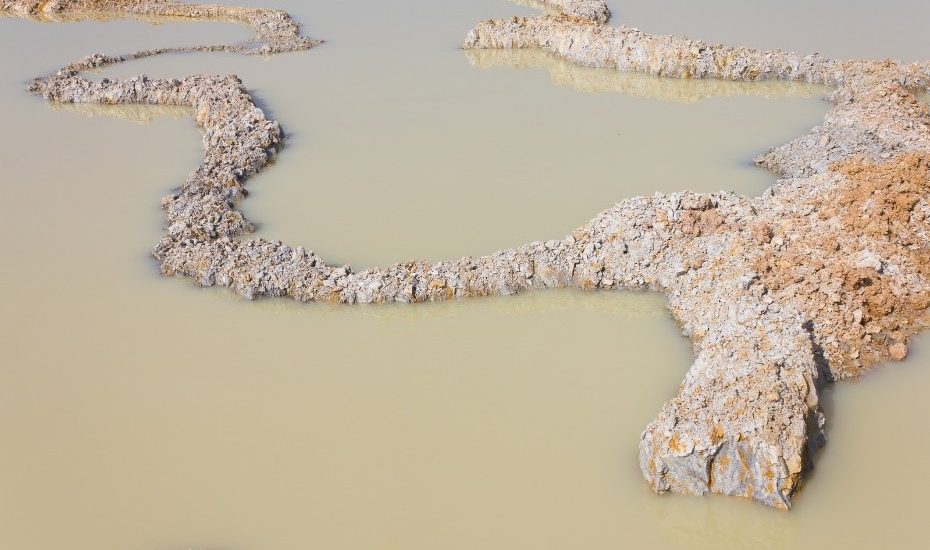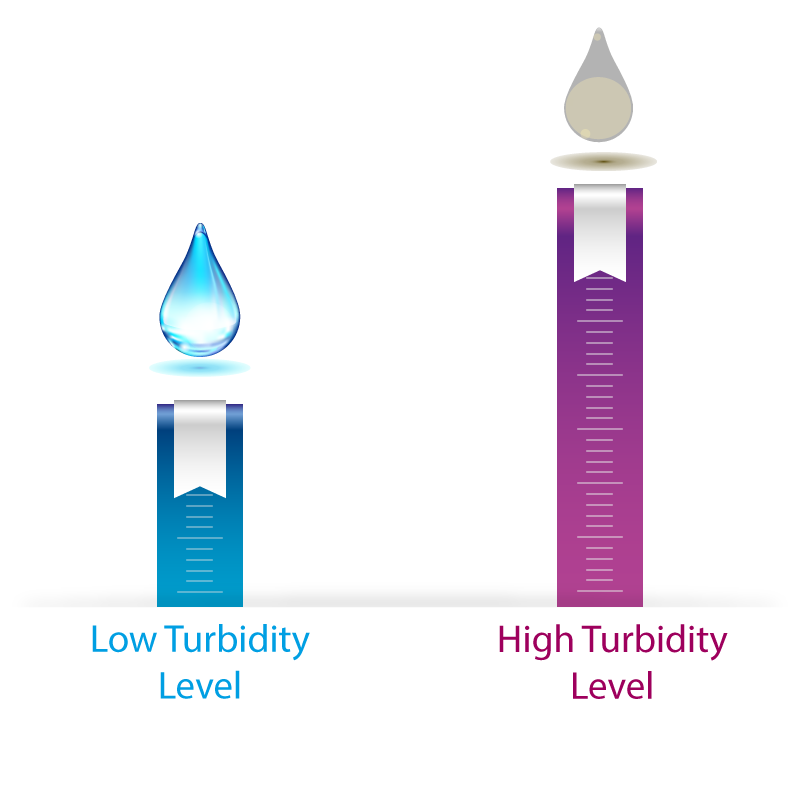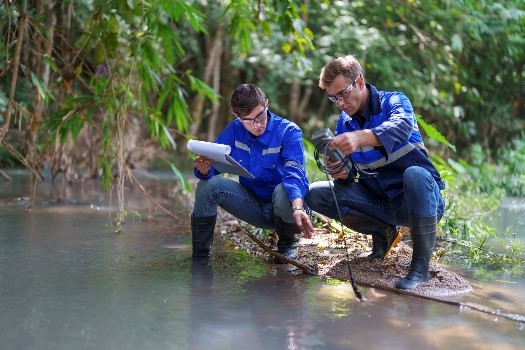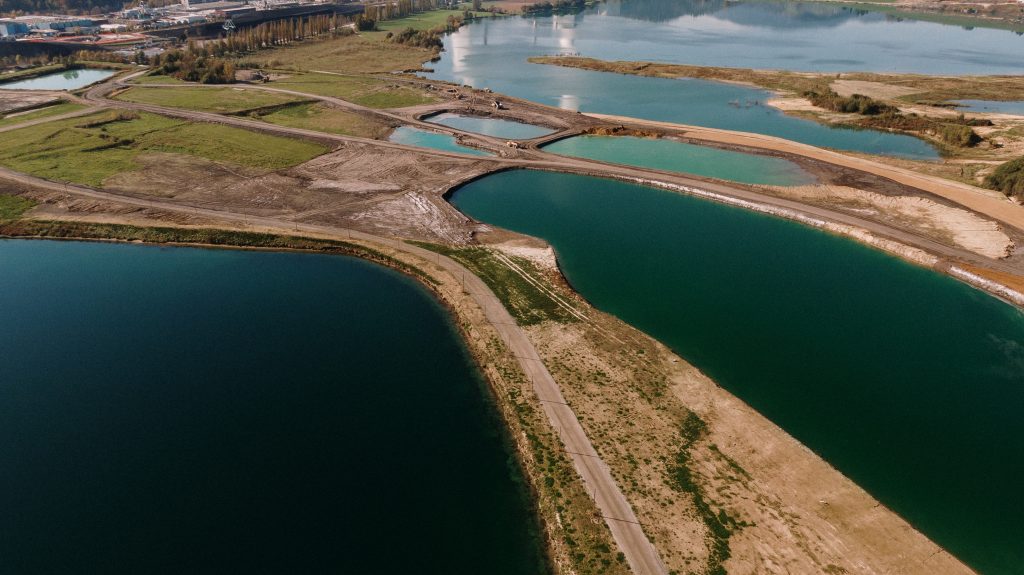Introduction to Water Turbidity Modelling
- March 7, 2023
- Posted by: Velosi Author
- Categories: HSE, Insights

What is Water Turbidity?
It is important to understand water turbidity and its consequences to adopt the best solutions possible. Water turbidity can be put together as the measurement of water quality based on how clear the water is. The cloudy appearance of water indicates the suspension of different forms of particles in water, such as organic and inorganic matter, clay, algae, silt, and other microscopic organisms.
Moreover, higher turbidity of water can include excess suspension of toxic metals, which in turn will have an adverse impact on aquatic life and the surrounding environment. This can lead to serious diseases; therefore, it is highly critical to monitor levels of water turbidity to ensure the protection of the environment from several harmful pollutants.
How Does Water Turbidity Modelling Protect the Environment?
Water Turbidity Modelling is an efficient technique used to measure the quality of water; it is measured in Nephelometric Turbidity Units, NTU or Formazin Nephelometric Units, FNU. The procedure involves the scattered technique by passing light through the water to check the refraction rate. This important tool can ensure the health and safety of our natural resources by monitoring and predicting turbidity levels.
Furthermore, water turbidity modelling is also known as hydrological modelling which assists us to implement preventive measures beforehand by providing us with essential data to investigate forthcoming high risks. This creates an effective plan to abstain from any potential damage to natural resources and the environment.

Benefits of Using Water Turbidity Models
Safeguarding the environment is a crucial factor, which involves the health of aquatic, human life, and the surrounding.
Water Turbidity Models can assist us in protecting the environment through important benefits:
- A comprehensive and accurate method of measuring the quality of water.
- Accurate monitoring of water turbidity and quality of water.
- These models can provide a better understanding of environmental criticality.
- Identifies potential risks beforehand and assists to create effective strategies to prevent them.
- Assists to protect our valuable natural resources.
- Compatible with relevant modelling software for accurate results
- Provide a comprehensive understanding of complex interactions between different water bodies and safeguard them beforehand.
Different Types of Water Turbidity Models.



Selecting the Most Suitable Water Turbidity Model
As we discussed earlier, it is highly important to measure levels of turbidity in water to ensure environmental protection. As every model poses different characteristics, it is challenging to select the most suitable model according to the situation. However, the most important factors shall be kept in mind to select the appropriate model according to your requirements for testing levels of turbidity in water.
- Budget and costing
- Data collection methodology
- Level of accuracy and requirements
Please contact us for more information and assistance.


